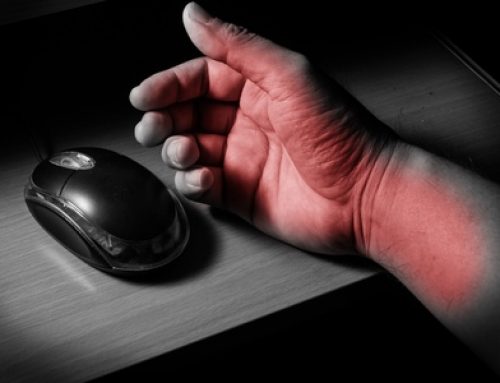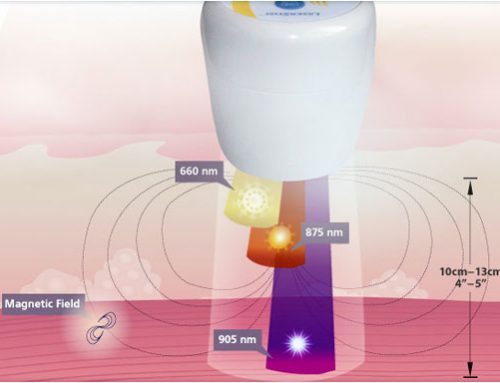 Cigarette smoking (CS) has clearly negative effects on the musculoskeletal system. Epidemiologic evidence also shows that smoking is a risk factor for chronic pain, including back pain. In terms of the musculoskeletal system, the relationships of cigarette smoking with the reduction of bone mineral content, osteoporosis and fractures are the best known. However, there is evidence of negative influence on osteoarthritis, rheumatoid arthritis, intervertebral disc degeneration, decreased muscle mass and strength, muscle pain, tendon degeneration and ruptures. Furthermore, smoking delays fracture and tendon healing and is associated with numerous post operative short term complications that drive up health care utilization and expenditures. Therefore, quitting smoking is highly recommended to prevent musculoskeletal diseases.
Cigarette smoking (CS) has clearly negative effects on the musculoskeletal system. Epidemiologic evidence also shows that smoking is a risk factor for chronic pain, including back pain. In terms of the musculoskeletal system, the relationships of cigarette smoking with the reduction of bone mineral content, osteoporosis and fractures are the best known. However, there is evidence of negative influence on osteoarthritis, rheumatoid arthritis, intervertebral disc degeneration, decreased muscle mass and strength, muscle pain, tendon degeneration and ruptures. Furthermore, smoking delays fracture and tendon healing and is associated with numerous post operative short term complications that drive up health care utilization and expenditures. Therefore, quitting smoking is highly recommended to prevent musculoskeletal diseases.





